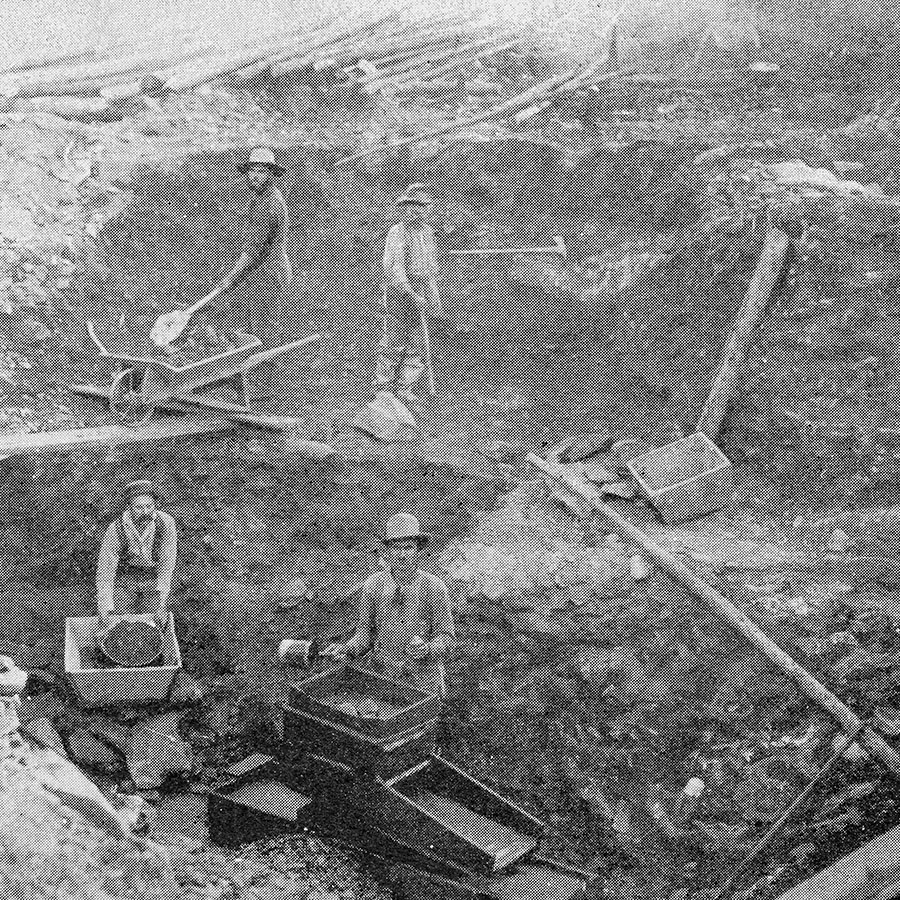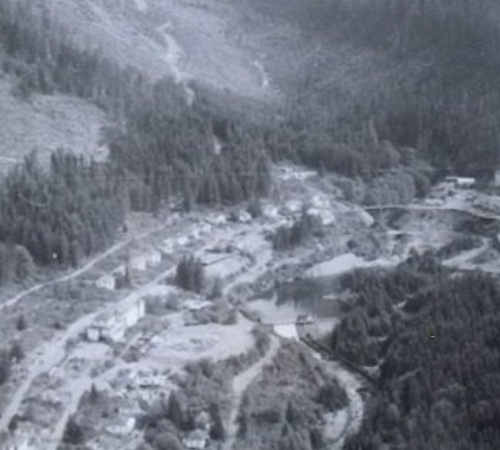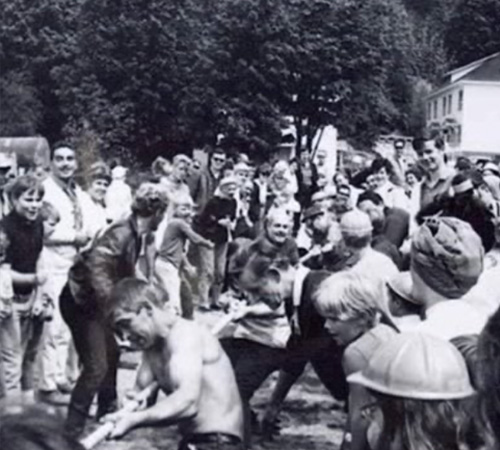—As told by Jim Charlie (Gwa Tye Yath), Squamish Nation carver and artist.
Jim Charlie (Gwa Tye Yath), is the great-grandson of Jericho Charlie, the namesake of Jericho Beach in Vancouver. As the grandson of the late Dominic Charlie, an accomplished carver, Jim was educated in the histories and culture of the Salish peoples throughout his youth. Britannia Village is in the process of installing one of his works in Memorial Park as a tribute to the people who inhabited these hands.
The Howe Sound region has long been home to the Squamish Nation, and in 2017, the developers of Britannia Village commissioned an archaeological overview and assessment as part of the First Nations consultation process for the Britannia redevelopment project
Authored by Squamish Nation archaeologists, this assessment provided meaningful insights into the pre-contact history of the Britannia area and indicated that Britannia was not a major site for Squamish Nation settlement in Howe Sound. While degradation from seven decades of mining activities means that any potential archaeological sites have likely long since been buried under site filling that has occurred in the last century, the history of this area will be honoured in the village.


The population of the Britannia area grew rapidly after the discovery of a copper seam in the local hills in the early 1900s. Over the course of seven decades, miners extracted copper, zinc, lead, cadmium, gold, and silver from the land, making Britannia the largest copper producing mine in the British Empire for a time. More than 60,000 people called this thriving, tucked-away town site their home, including workers, spouses and children.
The slopes behind Britannia Beach are filled with native species like black bears, cougars, and coyotes, while the skies are patrolled by bald eagles, hawks, and owls. With the return of salmon, harbour seals have begun to add the nearby water to their hunting ground.

— as told by Jim Charlie (Gwa Tye Yath), Squamish Nation carver and artist.


© Copyright BRITANNIA VILLAGE | 2025